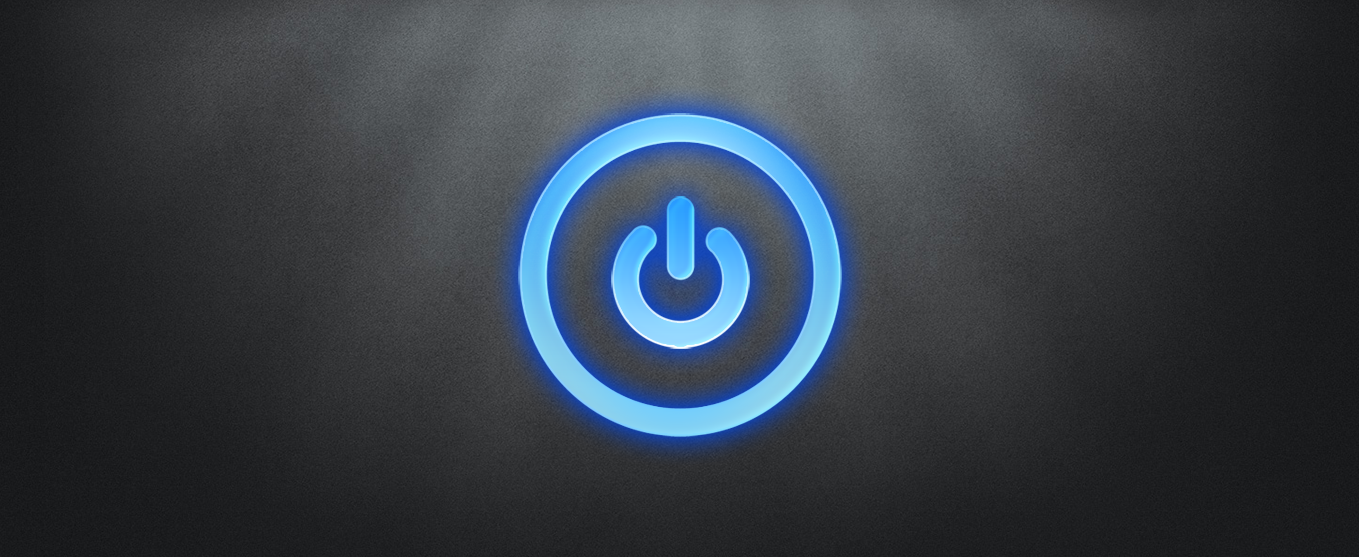Invite Scene - #1 to Buy, Sell, Trade or Find Free Torrent Invites
#1 TorrentInvites Community. Buy, Sell, Trade or Find Free Torrent Invites for Every Private Torrent Trackers. HDB, BTN, AOM, DB9, PTP, RED, MTV, EXIGO, FL, IPT, TVBZ, AB, BIB, TIK, EMP, FSC, GGN, KG, MTTP, TL, TTG, 32P, AHD, CHD, CG, OPS, TT, WIHD, BHD, U2 etc.
LOOKING FOR HIGH QUALITY SEEDBOX? EVOSEEDBOX.COM PROVIDES YOU BLAZING FAST & HIGH END SEEDBOXES | STARTING AT $5.00/MONTH!
Zap! NASA Betting on Space Lasers for Superfast Calls from Mars
-
Check out what our members are saying
 Hello. A++ transaction. This was top notch communication and walk through from Inviter from start to finish. I successfully registered and am loving access to a really good one.…The service was really fast and fair. There haven't been any problems, and the seller was very professional.
Hello. A++ transaction. This was top notch communication and walk through from Inviter from start to finish. I successfully registered and am loving access to a really good one.…The service was really fast and fair. There haven't been any problems, and the seller was very professional. At first I was skeptical, especially because some of the invites can be pricey. I went through the whole process and can say I am satisfied. I spent over $800 and they got me set…
At first I was skeptical, especially because some of the invites can be pricey. I went through the whole process and can say I am satisfied. I spent over $800 and they got me set… came on this scene thinking it may be a bit seedy but i found the absolute opposite. Inviter reached out and gave better customer service than pretty much all other services i'v…
came on this scene thinking it may be a bit seedy but i found the absolute opposite. Inviter reached out and gave better customer service than pretty much all other services i'v… Awsome service i love it thanks alot
Awsome service i love it thanks alot I didn't have much expectation at first but then I got what I was looking for and super fast with an excellent service. Keep the good work. I'm glad this site exist
I didn't have much expectation at first but then I got what I was looking for and super fast with an excellent service. Keep the good work. I'm glad this site exist I highly recommend doing business with this user. He was very quick to answer and deliver when other users couldn't. 10/10 would do business again.Everything was fine. He made a huge effort to find invite for me. Great communication. So if You need an Invite just contact @InviterExtremely professional seller. No fuss deal. Very friendly and his after-sales service and advice is truly unparalleled. Buy with full confidence. And even if he does take a few…Very prompt and professional.That was awesome 💯💯, I have been looking for invitations for a long time and I was completely disappointed but now with @Inviter i registered in the site I wanted. Thanks a lot …
I highly recommend doing business with this user. He was very quick to answer and deliver when other users couldn't. 10/10 would do business again.Everything was fine. He made a huge effort to find invite for me. Great communication. So if You need an Invite just contact @InviterExtremely professional seller. No fuss deal. Very friendly and his after-sales service and advice is truly unparalleled. Buy with full confidence. And even if he does take a few…Very prompt and professional.That was awesome 💯💯, I have been looking for invitations for a long time and I was completely disappointed but now with @Inviter i registered in the site I wanted. Thanks a lot … Promptly and effectively fixed a problem with one of the product (my error, not seller's). Will definitely be back and will recommend to others as a quality vendor. 5/5 Stars. A…Sent the invite fairly quickly, and sent very short, straight to the point, concise messages.Professional all the way. Informative through the whole process.
Promptly and effectively fixed a problem with one of the product (my error, not seller's). Will definitely be back and will recommend to others as a quality vendor. 5/5 Stars. A…Sent the invite fairly quickly, and sent very short, straight to the point, concise messages.Professional all the way. Informative through the whole process. Everything went perfectly. I got a torrent of a childhood TV Show that I couldn't find anywhere else, legal or otherwise.
Everything went perfectly. I got a torrent of a childhood TV Show that I couldn't find anywhere else, legal or otherwise. Quick transaction, honest, friendly and very helpful. Highly recommended!
Quick transaction, honest, friendly and very helpful. Highly recommended! Everything went smooth. Keep up the good work
Everything went smooth. Keep up the good work Very happy and satisfied with this site. Bough a legit invite to a very hard to get tracker. The process all in all took about 24 hours but that because the process is very secu…
Very happy and satisfied with this site. Bough a legit invite to a very hard to get tracker. The process all in all took about 24 hours but that because the process is very secu… Excellent - Very reliable and honest trade - Quick service was provided - much appreciated. Thank you @Inviter for a great service.10/10 services. Very fast will trade againInviter was very punctual in replying to all of my questionings and supervised me through the purchasing process. Everything worked just as he agreed, and there were no issues wi…
Excellent - Very reliable and honest trade - Quick service was provided - much appreciated. Thank you @Inviter for a great service.10/10 services. Very fast will trade againInviter was very punctual in replying to all of my questionings and supervised me through the purchasing process. Everything worked just as he agreed, and there were no issues wi… This seller is very professional, polite, and prompt. I was originally suspicious about this Site but I was very pleasantly surprised. I would like to recommend this to anyone wh…
This seller is very professional, polite, and prompt. I was originally suspicious about this Site but I was very pleasantly surprised. I would like to recommend this to anyone wh… Good place to buy real legit torrent invites, providing friendly and responsive help if required nice effort mainlining this site, keep up the good work :)Enormously knowledgeable individual regarding the ins and outs of everything about private torrents and trackers. Not to mention he responds incredibly fast to messages, and his …Definitely, you can trust him. Fast and efficient.fast and good service i rly recomend this one
Good place to buy real legit torrent invites, providing friendly and responsive help if required nice effort mainlining this site, keep up the good work :)Enormously knowledgeable individual regarding the ins and outs of everything about private torrents and trackers. Not to mention he responds incredibly fast to messages, and his …Definitely, you can trust him. Fast and efficient.fast and good service i rly recomend this one First of all, thank you so much for retaining me. Inviter helped with my questioning and directed me to the best torrentinvites to fetch on. The approaches were super smooth, and…
First of all, thank you so much for retaining me. Inviter helped with my questioning and directed me to the best torrentinvites to fetch on. The approaches were super smooth, and… Inviter is a professional in a world of shady dealers. He is 100% honest and he always does what he says he will. It is the nature of buying invites and accounts that there will …
Inviter is a professional in a world of shady dealers. He is 100% honest and he always does what he says he will. It is the nature of buying invites and accounts that there will … -
Our picks
-

Buy Empornium Invite
Inviter posted a topic in Premium Sellers Section,
Offering Empornium.is / Empornium.sx / Empornium.me / Empornium / EMP Invite, PM me for the price.
Commodity URL: https://www.empornium.is/, https://www.empornium.sx/, https://www.empornium.me/
Commodity REVIEW: https://www.invitescene.com/topic/40396-empornium-emp-porn-2020-review/-
-
- 692 replies

Picked By
Inviter, -
-

Buy BroadcasTheNet Invite
Inviter posted a topic in Premium Sellers Section,
For limited time I'm offering BroadcasThe.Net (BTN) Invite, PM me for price.
URL: https://broadcasthe.net/-
-
- 371 replies

Picked By
Inviter, -
-
![[In Stock] Buy REDActed.CH (RED) Invite](//www.invitescene.com/applications/core/interface/js/spacer.png)
[In Stock] Buy REDActed.CH (RED) Invite
Inviter posted a topic in Premium Sellers Section,
For limited time I'm offering REDActed.CH (RED) Invite, PM me for price.
URL: https://redacted.ch/-
-
- 112 replies

Picked By
Inviter, -
-






![[In Stock] Buy REDActed.CH (RED) Invite](https://www.invitescene.com/uploads/monthly_2019_12/Redacted.png.a96849d08b6f36b6140a4ead4a4cceba.png)
Recommended Posts
Join the conversation
You can post now and register later. If you have an account, sign in now to post with your account.